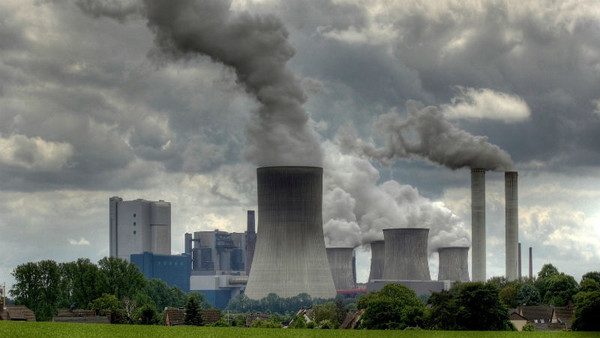More than one-third of Americans are obese, according the Centers for Disease Control and Prevention. It’s a well-known fact that sedentary lifestyles and poor diets are major contributors to obesity and decrease a person’s likelihood of losing weight.
However, the environment also has an effect on weight control.
Dr. John Molot, a physician at the University of Toronto-affiliated Environmental Health Clinic at Women’s College Hospital in Toronto briefly explains, “There’s no question that diet and exercise are the major players in the obesity epidemic. But the environment plays a significant role, too. There are many chemicals in the environment that make you gain weight and make it more difficult to lose weight.”
One of the chemicals Dr. Molot is referring to are environmental pollutants known as obesogens.
Obesogens are endocrine disruptors that interfere with the human body’s chemical messaging system of hormones to cells. They turn them on and off, and at times, they change the signals. The endocrine system consists of glands that produce hormones that regulate growth, development, metabolism, and much more.
Some obesogens have an effect on the size or the number of fat cells. Research shows being exposed to obesogens early in life may have an adverse effect on the makeup of fat cells.
The World Health Organization identified 800 chemicals that are suspected or known as endocrine disruptors; however, very few have been investigated.
In addition, National Institute of Environmental Health Sciences (NIEHS) considers endocrine disruptors “an important public health concern.”
Margaret Sears, an environmental health researcher associated with the Children’s Hospital of Eastern Ontario Research Institute, the Ottawa Hospital Research Institute and other institutions, told U.S. News & World Report, “The research is absolutely exploding in this area. There are many man-made chemicals that affect the receptor sites on cells so they respond differently.”
At one time, scientists believed fat cells initially stored and released extra energy when needed. However, Dr. Molot explains, “Now we know that fat is a complicated hormone gland that is capable of communicating with other tissues, such as the brain and immune system.”
A group of chemicals known as persistent organic pollutants is difficult to avoid.
According to Dr. Molot, “These chemicals don’t break down. They get into the atmosphere and the water and travel around the world. They get into the food chain and climb up the food chain. They’re found in newborn children because their mothers have been exposed.”
Computers, pillows, mattresses, wall insulation, and many more products contain flame-retardants. These flame-retardants are in fact, obesogens.
Margaret Sears warns consumers, “Even microwave popcorn bags contain chemicals so they’re less likely to explode. We need to be super concerned about our kids. There are chemicals that can affect the number of fat cells that your body makes as you’re growing as a child. Although fat cells can get larger or smaller, it’s much more difficult to destroy fat cells when you are older if you created a lot of fat cells as a child.”
Children who crawl on the floor and put their toys or hands in their mouths increase their risk of ingesting stain repellants, flame-retardant, and other toxic chemicals that land on tiny dust particles.
Sears says, “Although it seems trivial, this hand-to-mouth behavior is a major route of exposure for very young children.” Sears added, “We need to start proving that chemicals and products are safe first, rather than proving that things are unsafe after [the] fact, as people are being affected.”















